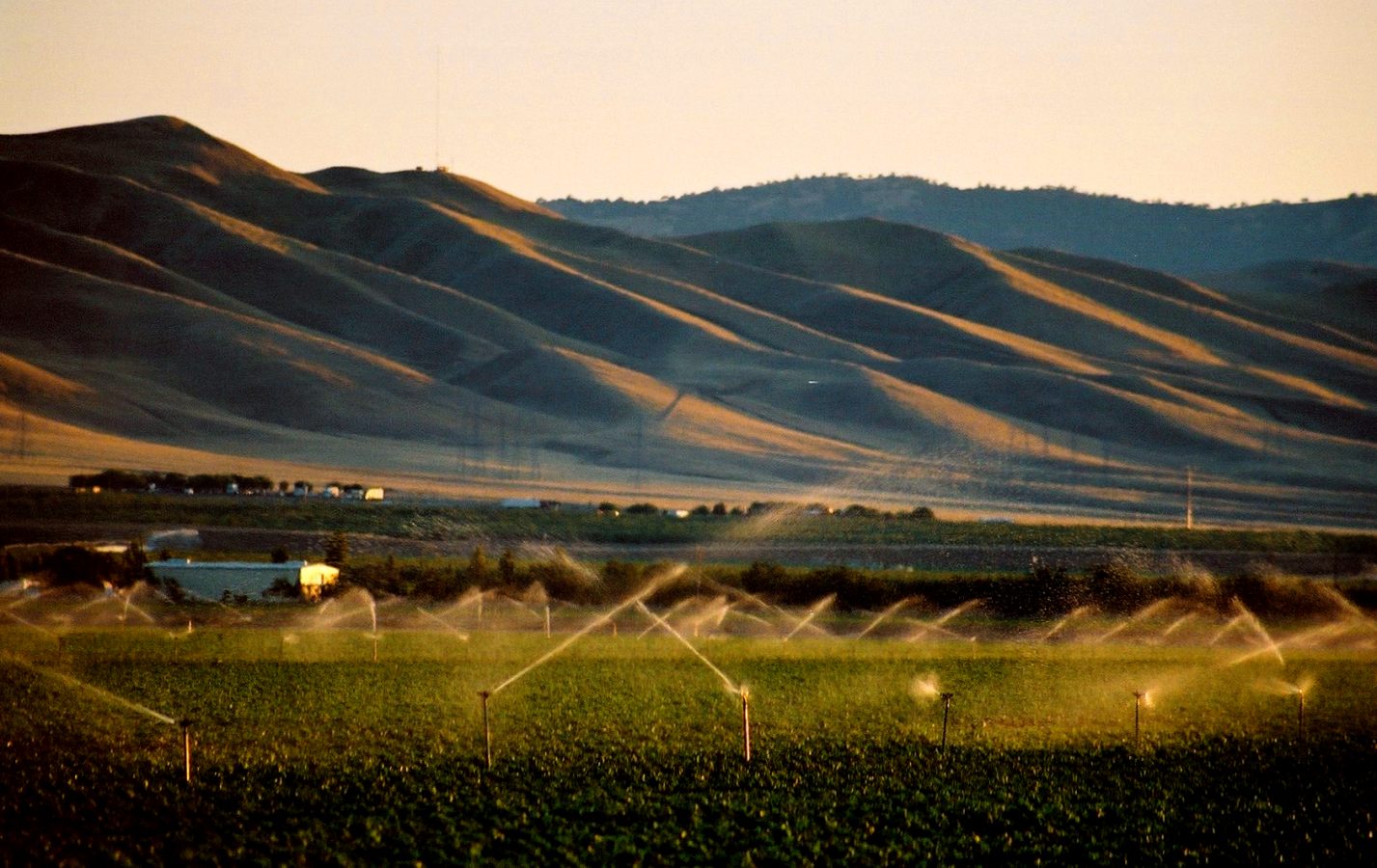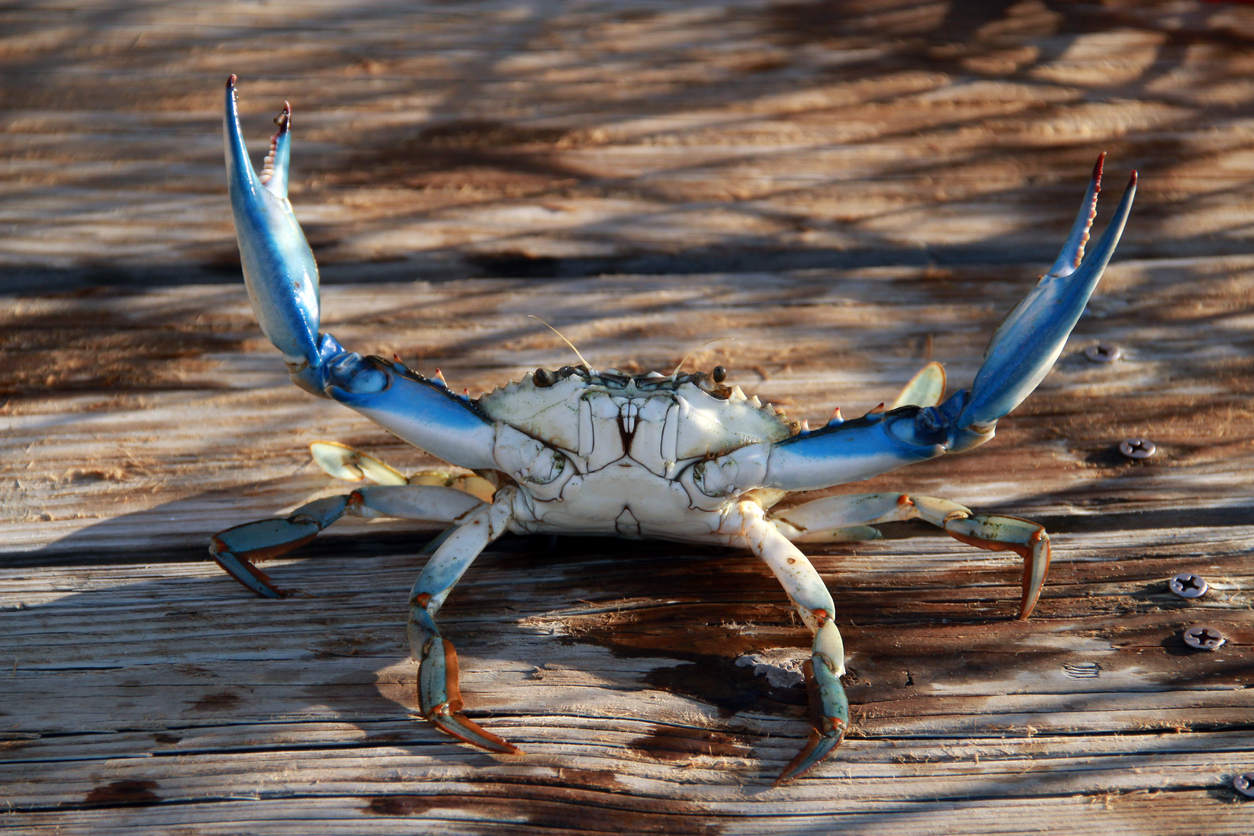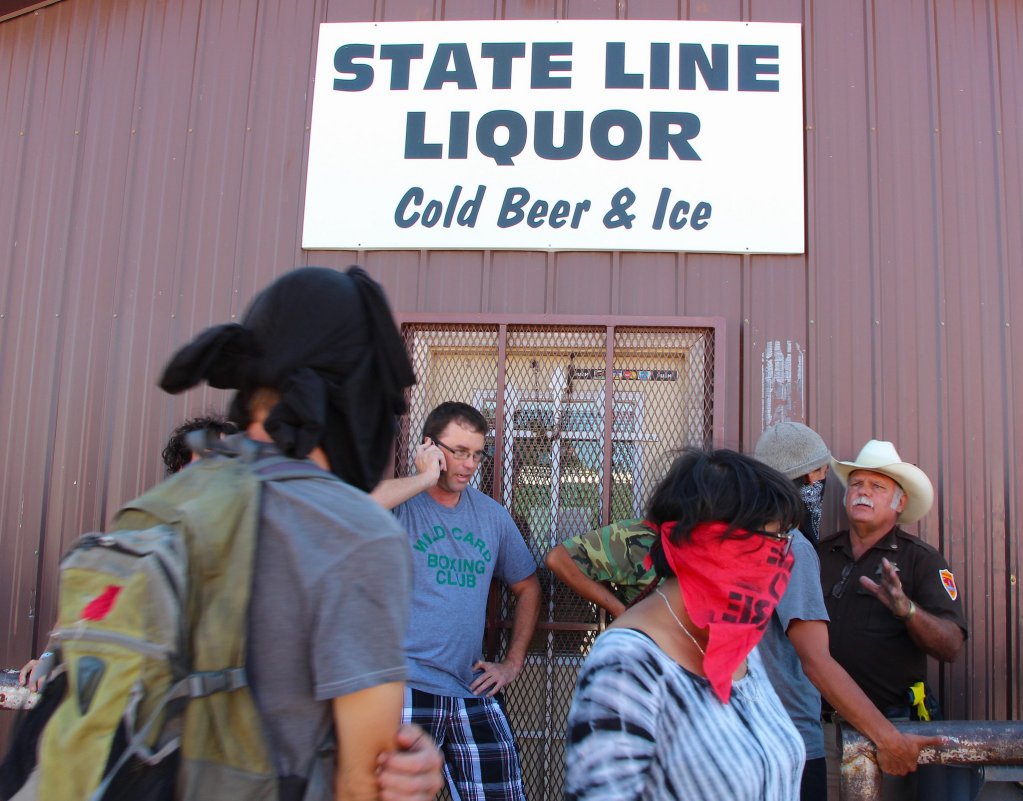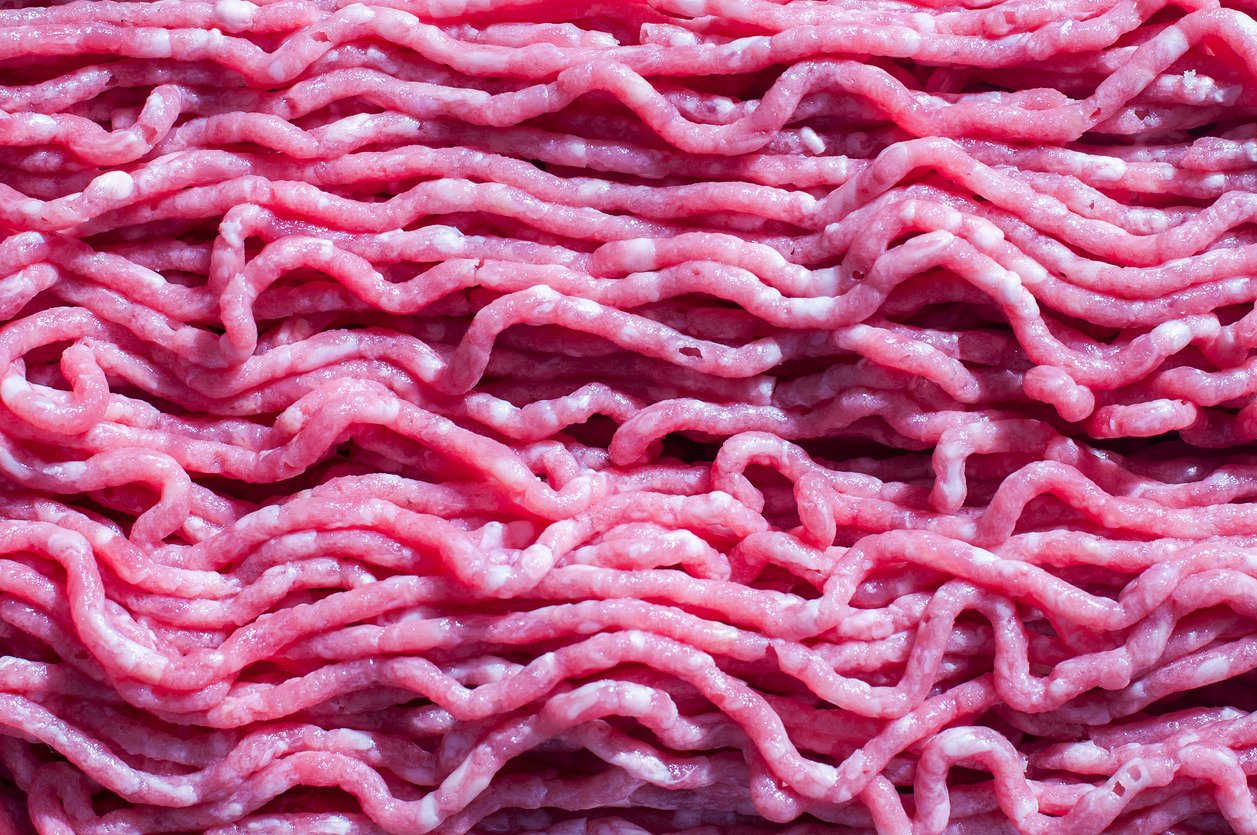A new report suggests that farmers in California’s San Joaquin Valley region, who account for half the state’s agricultural output, will need to severely limit their water use if the Golden State’s groundwater resources are to be conserved.
That’s according to the Public Policy Institute of California, a San Francisco-based non-profit that has offered what could be the first comprehensive look at how the state can replenish its overtaxed aquifer system. Saving the groundwater, says the Institute’s director of water policy, Ellen Hanak, will require extraordinary measures: namely, letting hundreds of thousands of acres of arable land lie fallow in one of the most productive agricultural regions in the world.
Farming in the San Joaquin Valley is made possible by a world-famous network of reservoirs, aqueducts, canals, tunnels and pipelines that shunt water up and down the state, managed by a patchwork of districts and government agencies that allocate water rights and contracts. That surface water does most of the work of irrigating thirsty crops.
But in recent years, as water availability has become less of a sure thing, growers have increasingly relied on groundwater, or water pumped from underground aquifers, to keep their farms alive. During a historic drought that lasted through 2016, Valley farmers drilled over 5,000 wells, going thousands of feet deep to reach thousand-year-old aquifers before their neighbors did—a kind of groundwater arms race.
Overdrafted aquifers cause all kinds of problems, like water contamination, high energy costs, and in some cases, no drinking water in rural communities. When enough water is sucked out, that can create an actual drop in elevation, known as land subsidence. Heavily drained areas sink by tens of feet and, as a result, water infrastructure cracks and leaks.
All this also poses a serious problem for farmers, who need regular access to water—huge volumes of it—if their crops are to thrive. Agriculture is the region’s predominant water user, with 87 percent of supplies used to irrigate cropland, compared to just 3 percent going to cities like Fresno, Bakersfield, and Stockton, according to the Institute’s report. Farmers here use a collective 16.8 million acre-feet of water, the largest chunks of which are for millions of acres of acres of fruit trees, grapevines, and cattle pasture.
This slow-motion disaster has been decades in the making. Five years ago, at the height of the drought, California passed the Sustainable Groundwater Management Act, which requires farms and communities to bring their overdrafted basins into balance by 2040. That has led to the establishment of more than 120 local “groundwater sustainability agencies,” each tasked with managing their basin portion to avoid depleting the aquifers.
The first of those plans are due in January. But the Institute’s report finds the situation for growers is dire, with compliance requiring the fallowing of hundreds of miles of prized farmland.
But conservation and new water supplies would cover only about a quarter of the imbalance. To make up the rest, farmers would have to cut pumping by 2.5 million acre-feet per year, effectively turning off 16 percent of the amount of water they’re using today. That shortage would drive up the price of water, and the only way to cope with that, says Hanak, the Institute’s water policy director, would be to fallow no less than 535,000 farmland acres by 2040.
Even in good years, growers idle sections of their farms. But during droughts, water shortages make the practice more common. In 2014, for example, farmers left over 400,000 Central Valley acres unplanted. The best-case scenario modeled by the Public Policy Institute, then, resembles something like a permanent drought. In total, the amount of land suggested to fallow would lead to a 6 percent loss in agriculture revenues, or $4 billion.
Those losses could be even higher, were it not for water trading opportunities described in the report. Farmers in the Kern Basin, for example, could buy water rights from growers in wetter, northern districts, and continue to grow high-value, water-intensive crops, like grapes, almonds, citruses, and pistachios. Most of the losses would be found in hundreds of thousands of fallowed acres acres of alfalfa, pasture, and grains, low-value crops grown throughout the Valley—crops that aren’t worth growing when water prices spike.
On the other hand, farmers who can afford to pay sky-high water prices would do just that. Most Valley farmers would be willing to pay between $300 and $500 per acre-foot of water, according to the report. But at the height of the last drought, some Kern County growers paid more than double, including Harris Ranch, a cattle operation that bid $1,350 per acre-foot. William Bourdeau, the executive vice president of Harris Farms, a Coalinga-based company that owns the ranch, couldn’t say if he’d be willing to pay that much again.
“God forbid,” he says. “We’re doing that not to farm profitably, but to protect a long-term asset in dire circumstances.”
The Institute suggests finding ways to pay farmers who convert their land into wetland, which would both recharge the groundwater, and expand habitat for migrating birds. Or the land could become solar farms. Hanak hopes Valley farmers could take advantage of federal programs that establish permanent easements for wetlands and habitat restoration, such as Working Lands for Wildlife, and steward idled land, such as Conservation Reserve Enhancement Program.
“There’s potential for some of these programs to support taking land out of production,” she says. “That’s really about giving farmers the incentive to fallow in the right places, and in the right ways, in terms of broader benefits.”
As a possible example, she suggests a pilot program underway in New Mexico, where the state is paying approximately $4 million to ranchers to take their land in the Colorado River basin out of production. Whether or not that happens in the Golden State is unclear, as California’s department of food and agriculture did not respond to requests for comment.











